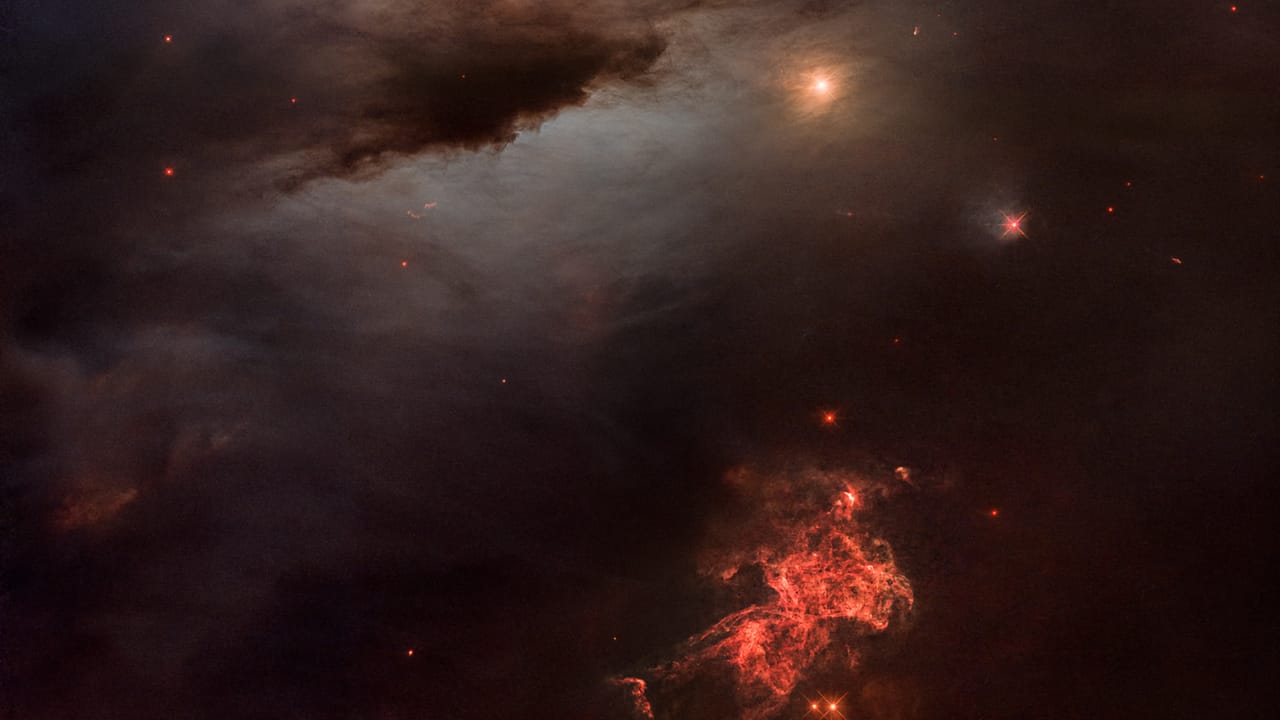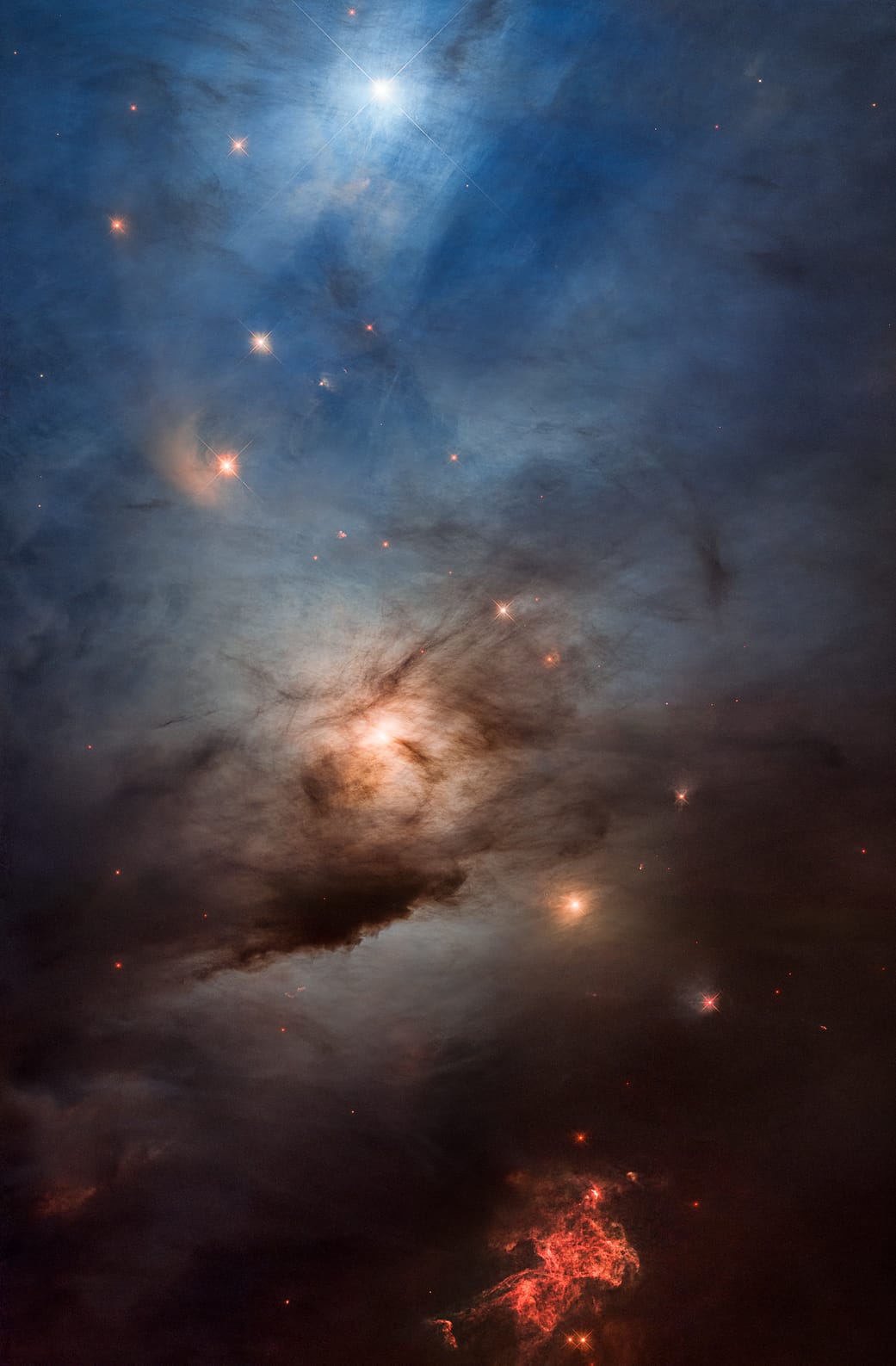
Hard to believe, but the Hubble Space Telescope has been in orbit for a third of a century now, and it celebrated the anniversary with the release of a typically stunning picture.
Depending on how old you are, the news that the Hubble Space Telescope has now spent 33 years in space either elicits a 'well it's always been there' kind of shrug, or makes your jaw drop that so much frickin' time has passed since the launch. Use of the bold there indicates which side of the generational divide your humble scribe resides, but the happy truth is that Hubble is still up there, still in orbit, and still doing great science.
Hubble was deployed into orbit around Earth on April 25, 1990, by NASA astronauts aboard the Space Shuttle Discovery. To date, the telescope has taken approximately 1.6 million observations of nearly 52,000 celestial targets, and it celebrated its 33rd launch anniversary with the release of a fabulous photo of a nearby star-forming region, NGC 1333. The nebula is in the Perseus molecular cloud, and located approximately 960 light-years away.
The cropped image is above, the full one is below and it is, frankly, a belter. "Ferocious stellar winds, likely from the bright blue star at the top of the image, are blowing through a curtain of dust. The fine dust scatters the starlight at blue wavelengths," states NASA.
At the bottom of the picture Hubble captures the reddish glow of ionized hydrogen and a spectacular stellar display caused by two parallel beams of hot gas shooting out from newly forming stars outside the frame of view. "They sculpt patterns on the hydrogen cocoon, like laser-light-show tracings. The jets are a star's birth announcement," says NASA poetically.
The picture also offers a good example of the time when our own Sun and planets formed inside a similar dusty molecular cloud 4.6 billion years ago, and NASA's got the perfect slightly left-field metaphor for that too. "Our Sun didn't form in isolation but was instead embedded inside a mosh pit of frantic stellar birth*, perhaps even more energetic and massive than NGC 1333."

*If, like me, you've just wondered what band might have been playing at that gig, it would have to be Douglas Adams' creation Disaster Area. As the Hitchhikers Guide to the Galaxy notes, Disaster Area "are generally held to be not only the loudest rock band in the Galaxy, but in fact the loudest noise of any kind at all.
"Regular concert-goers judge that the best sound balance is usually to be heard from within large concrete bunkers some thirty-seven miles from the stage, whilst the musicians themselves play their instruments by remote control from within a heavily insulated spaceship which stays in orbit around the planet – or more frequently around a completely different planet."
Tags: Technology Space Hubble


Comments